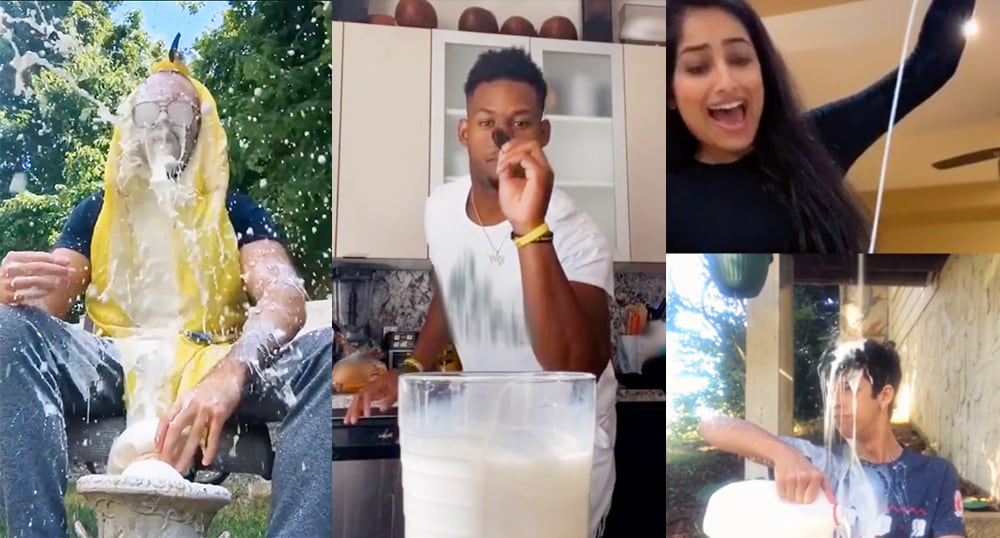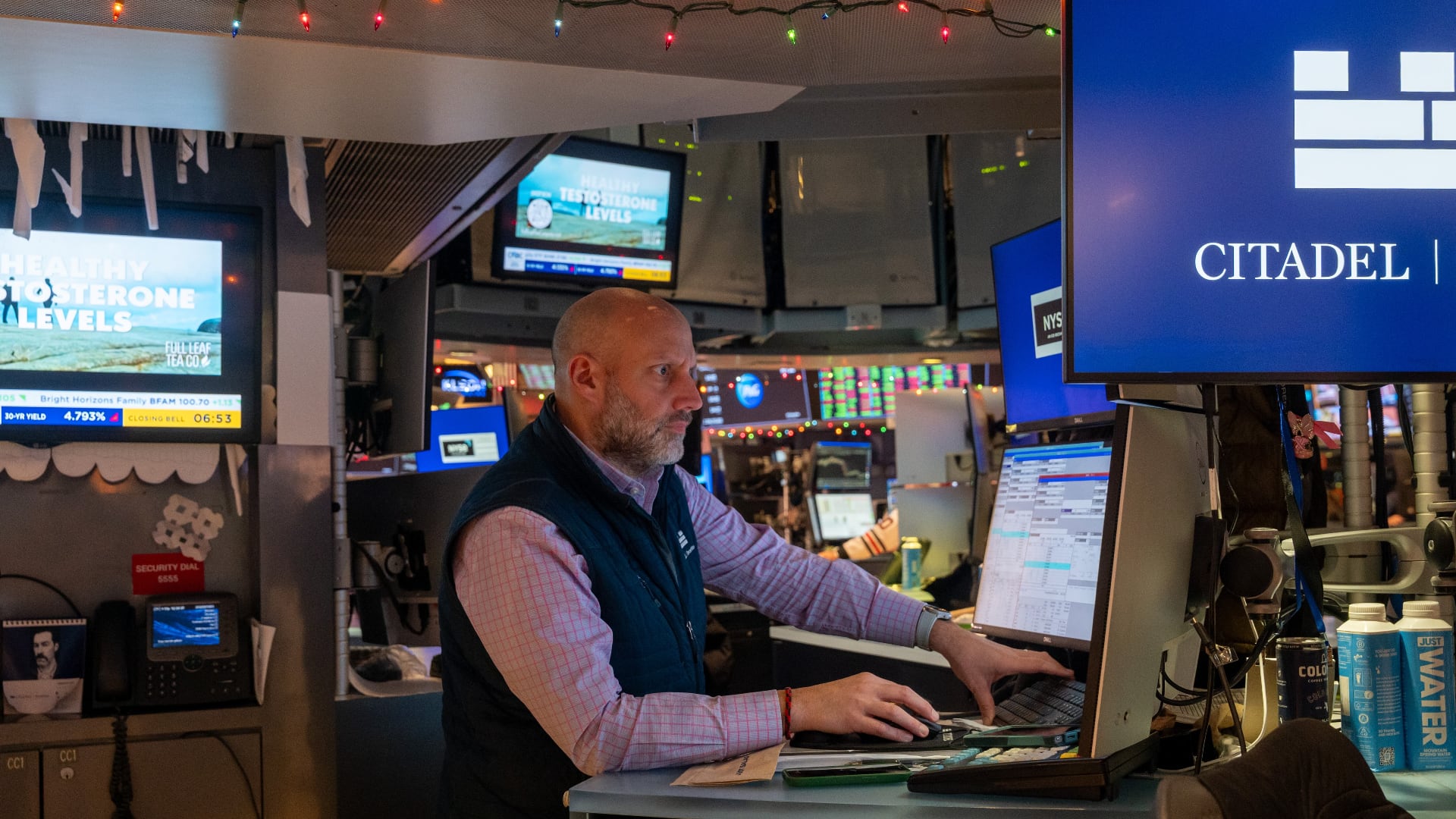Updated 6:25 pm ET
The original "Got Milk?"campaign, which ran from 1993 to 2014, used celebrities and quirky big-budget television commercials to rebrand a household staple as a pop-culture touchstone.
Now the famous tagline is returning after a six-year hiatus to take advantage of a surge in milk sales during the coronavirus pandemic that industry watchers say is the result of more consumers staying home.
"The reality is that when things got really tough this year Americans went out and got milk," said Yin Woon Rani, CEO of MilkPEP, the marketing arm of the dairy industry.
Prior to the coronavirus pandemic, milk sales were down between one and two percent per year. Now sales have jumped 4 percent since January, according to data from the marketing research firm IRI, a significant increase for a product that 94 percent of U.S. households were already buying pre-COVID.
"I guess it just felt fitting because right now the answer to 'Got Milk?' is yes," she said.
The goal of the revived campaign is to extend that boom in sales.
The marketing landscape, however, has changed radically since the mid-nineties heyday of TV advertising, when a memorable commercial could generate a cultural conversation — a level of engagement mostly reserved for Super Bowl ads nowadays.
Celebrities were paramount to the campaign. A list of the big names that appeared in early print ads reads like the roster of a major 90s' award show, with models such as Kate Moss and Tyra Banks appearing alongside pop stars like Britney Spears and sports legends including Dennis Rodman and Venus and Serena Williams.
In the decade that followed, the campaign's winning formula remained the same for the most part, except now a new generation of pop stars, such as Taylor Swift and Miley Cyrus, were the ones sporting the classic milk mustache.
"The original 'Got Milk?' campaign used celebrities in fun, iconic ads with milk mustaches to raise awareness and attach milk to the consumption habits of pretty high-profile public figures," said Doug Adams, president of Prime Consulting, which tracks the milk industry and has worked with MilkPEP on marketing.
The new campaign is taking a different approach by turning the camera on regular Americans, many of whom have spent their coronavirus quarantine producing original video content. Also unlike the earlier campaign, which focused on drinking milk, these new advertisements emphasize milk's various uses.

Two new commercials released this week on YouTube feature a montage of user-generated videos drawn from social media platforms such as TikTok and Instagram that show people using milk in a variety of creative ways, from elaborate stunts and skits to little kids blowing bubbles in their cereal bowl.
"What's exciting beyond the milk sales, which we very much want to sustain, is that people really turned to social media to showcase and celebrate and share how they were using milk in new and surprising ways," said Rani.
None of these videos were scripted or coordinated by MilkPEP.
"It's been fabulous honestly to discover organically," she said. "We didn't ask anybody to do this. They just are using milk in all these different ways."
She added that there has been "tremendous recall" among younger consumers of the original campaign, making reacquainting the public with "Got Milk?" an easy sell.
Of course, a few celebrities have participated as well. U.S. Olympian swimmer Katie Ledecky launched the #GotMilkChallenge on TikTok when she recorded herself balancing a glass of chocolate milk on her head while swimming.
Pittsburgh Steelers wide receiver JuJu Smith-Schuster was also featured in one of the montages sinking an Oreo into a frothy glass of milk, though his contribution was unscripted just like the others.
Starting August 10, these 30-second and 15-second spots will start running on more than 20 networks, and display on popular streaming services such as YouTube and Hulu.
The same social trends that produced all these homegrown videos is also partly responsible for the growth in milk sales.
"One of the things that's been a challenge is people eating out more," Adams said, referring to the market over the last decade. "All restaurants have milk, but a lot of people don't think to order it."
Spending on food away from home, for instance, surpassed 50 percent of household food budgets in 2010, according to the USDA. That number has only increased in the decade since.
To an extent, coronavirus reversed this trend overnight, as restaurants and other food establishments were shut down.
"Like most products, we had a big surge in the two weeks in March when everybody was stocking up to be at home, but because milk is used so much they kept coming back to buy it again and again," Adams said. "Even though people's shopping trips went down, milk became a larger and larger portion of them."



